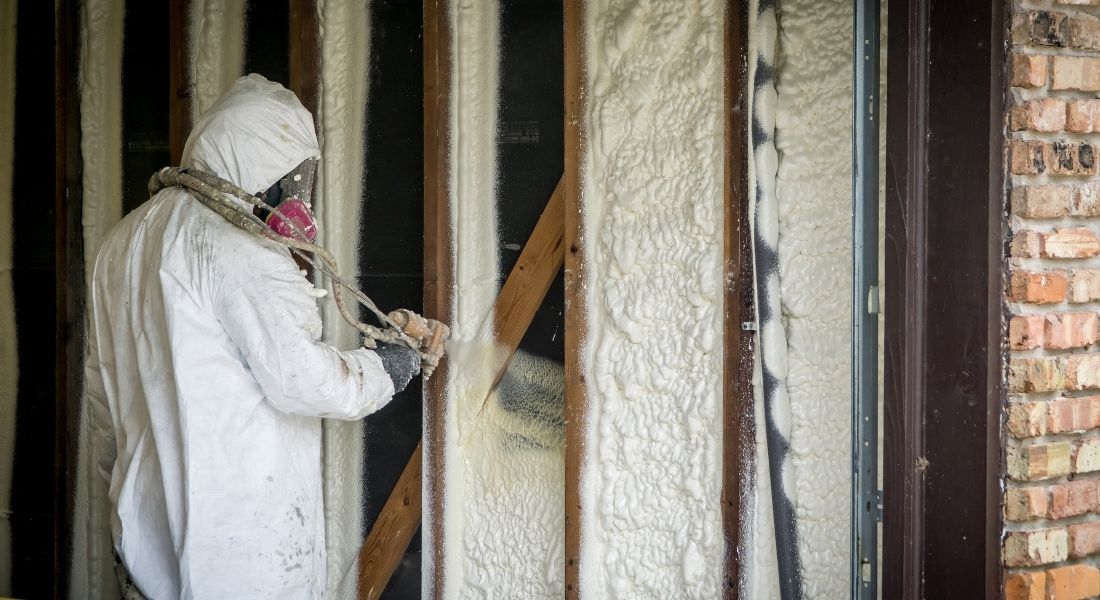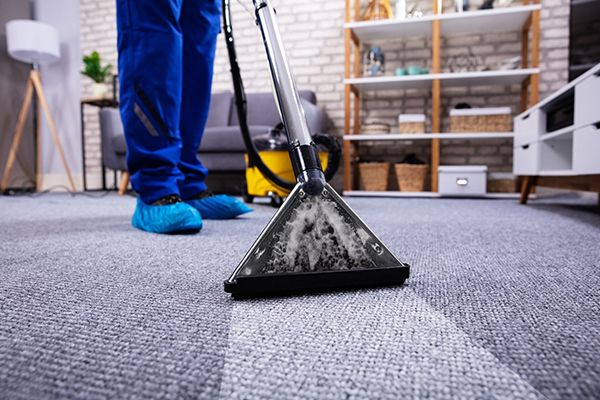In a world where home comfort and energy efficiency are of paramount importance, spray foam insulation has emerged as a game-changer. This revolutionary insulation solution offers homeowners a pathway to transform their living spaces from chilly and drafty to warm and cozy, all while reducing energy costs.Transform your home from chilly to cozy with the help of Spray Foam in Toronto and their exceptional insulation services. In this comprehensive guide, we’ll delve deep into the world of spray foam insulation, exploring its benefits, types, installation process, and why it’s the ultimate choice for upgrading your home.
The Basics of Spray Foam Insulation
Spray foam insulation is a versatile material known for its exceptional thermal properties. It’s composed of two main components – polyurethane and isocyanate. When these two materials are combined, they react and expand, forming a durable and effective insulating layer. There are two primary types of spray foam insulation:
Open-Cell Spray Foam
Open-cell spray foam is a cost-effective option, ideal for interior applications. It expands to fill nooks and crannies, creating an airtight seal that prevents air and moisture infiltration. Its high R-value (thermal resistance) makes it a great choice for residential use, helping to maintain a consistent temperature indoors.
Closed-Cell Spray Foam
Closed-cell spray foam is denser and offers a superior insulating effect. It’s often used in exterior applications, making it perfect for sealing walls and roofs. With its high R-value, it provides exceptional protection against the elements, including moisture and pests.
Advantages of Spray Foam Insulation
Spray foam insulation offers a plethora of advantages for homeowners seeking to enhance their living spaces. Let’s explore these benefits in detail:
Superior Insulation
One of the most significant advantages of spray foam insulation is its unparalleled ability to create a thermal barrier. It prevents heat loss in the winter and keeps your home cool in the summer, ensuring year-round comfort.
Energy Efficiency
By creating an airtight seal, spray foam insulation minimizes energy waste. It reduces the workload on your heating and cooling systems, leading to substantial energy savings and lower utility bills.
Longevity
Unlike traditional insulation materials, spray foam is incredibly durable. It doesn’t sag or settle over time, maintaining its insulating properties for the long haul.
Air and Moisture Barrier
Spray foam insulation acts as a barrier against unwanted air infiltration and moisture. This not only enhances indoor air quality but also prevents issues like mold and mildew growth.
Sound Insulation
In addition to thermal insulation, spray foam also provides excellent soundproofing properties. It minimizes noise from outside, creating a more peaceful and quiet indoor environment.
Installation Process
The installation of spray foam insulation is a crucial step in transforming your home. It’s essential to hire a professional with expertise in spray foam application for the best results. Here’s an overview of the process:
Assessment
The first step is to assess your home’s specific insulation needs. A professional will inspect your property, identifying areas that require insulation and determining the right type of spray foam to use.
Preparation
Before installation, the area to be insulated is prepared. This includes clearing away any obstacles, ensuring a clean and dust-free environment.
Application
The spray foam is applied meticulously to the designated areas. The two components are mixed and sprayed, quickly expanding and adhering to surfaces, creating a seamless and airtight seal.
Drying and Curing
After application, the foam needs time to dry and cure. This process usually takes a few hours to a day, depending on environmental conditions.
Inspection
Once the foam is completely cured, a final inspection is conducted to ensure a uniform and effective insulation layer.
Spray Foam vs. Traditional Insulation
When comparing spray foam insulation to traditional options like fiberglass or cellulose, several critical differences emerge. Let’s examine why spray foam comes out on top:
Air Sealing
Traditional insulation materials can leave gaps and seams, allowing air and moisture to infiltrate. Spray foam’s expansion and adhesion properties create an airtight barrier.
R-Value
Spray foam boasts a higher R-value compared to traditional options. This means it provides better insulation and greater energy savings.
Longevity
Traditional insulation materials may degrade over time, requiring replacement. Spray foam, on the other hand, maintains its effectiveness for decades.
Conclusion
Transforming your home from chilly to cozy has never been easier with spray foam insulation. Its exceptional thermal properties, energy efficiency, and longevity make it a top choice for homeowners looking to enhance comfort and save on energy costs.
Remember, the key to a successful spray foam insulation project is hiring a professional with experience in spray foam application. They will ensure that the installation is done correctly, providing you with all the benefits spray foam insulation has to offer.





